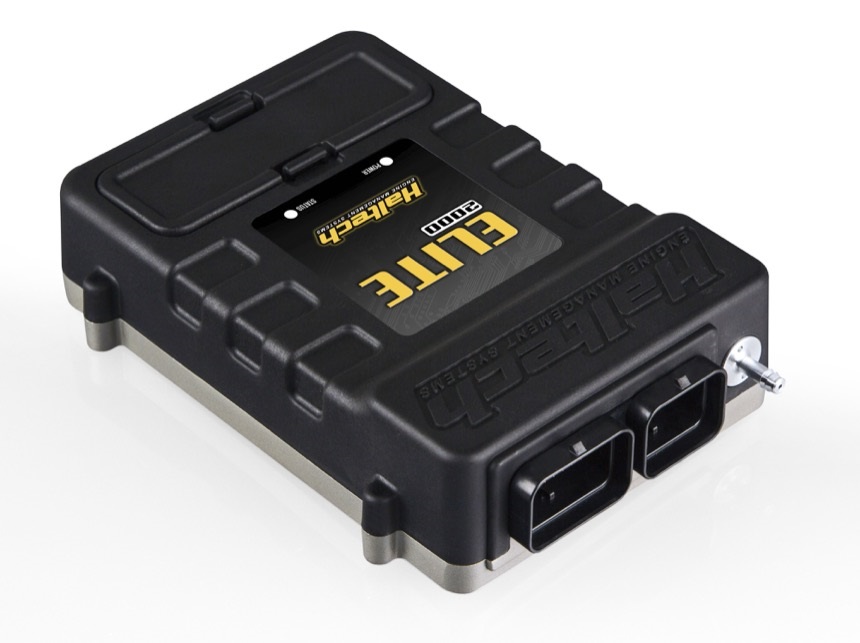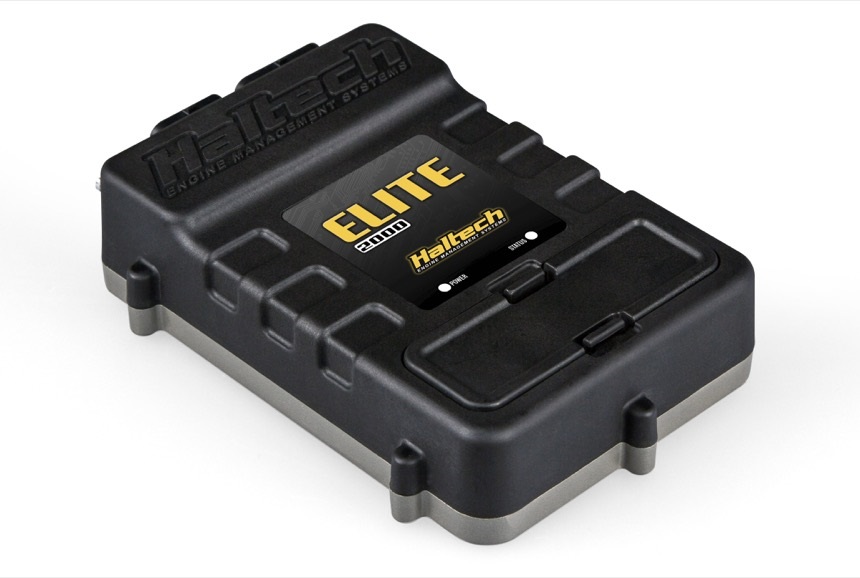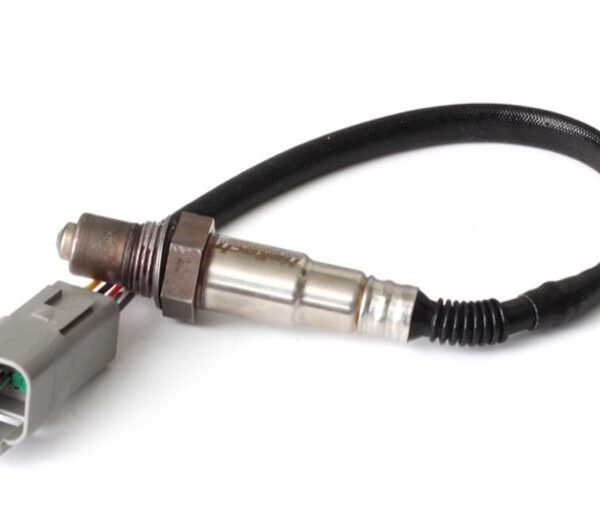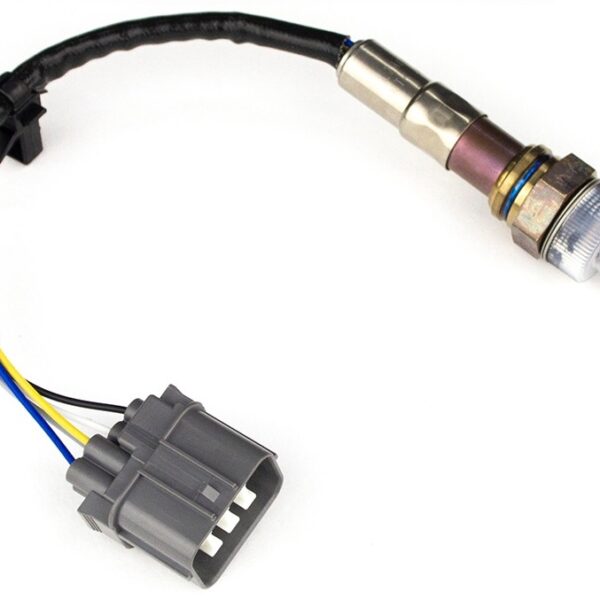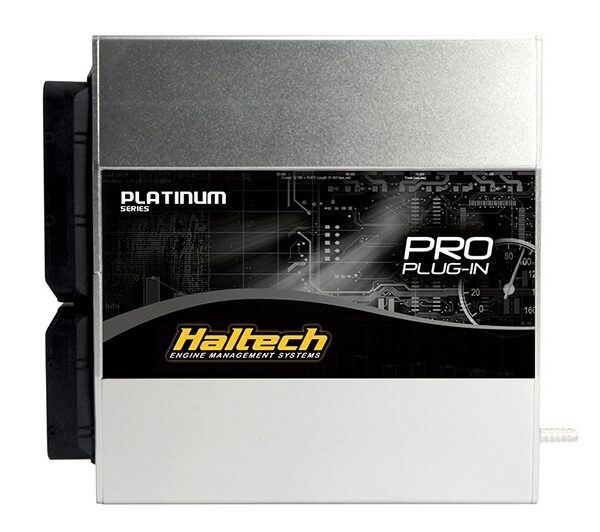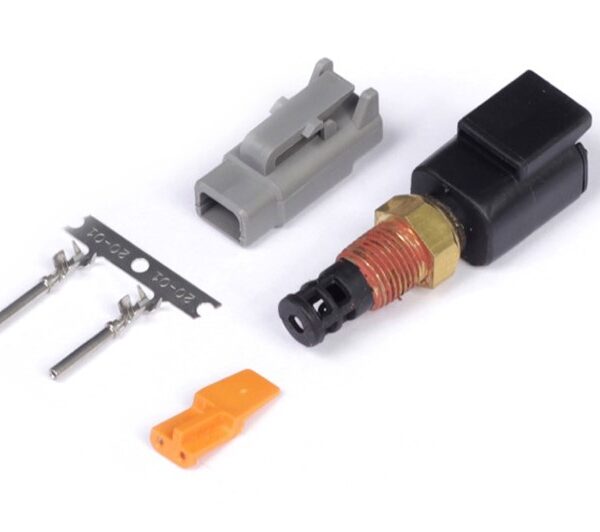Description
OVERVIEW
ECU OVERVIEW
Haltech’s Elite 2000 ECU takes the art of engine calibration to a whole new level. Featuring a robust environmentally sealed waterproof case, intake cam control, short term, and long term map learning, dual channel knock control, and much more, the Elite 2000 ECU provides engine calibrators the tools they need to get the job done right. Alongside the Elite 2000 ECU is the Elite Software Programmer (ESP) that brings levels of functionality and user-friendliness never seen before in an engine control package. Together they offer true cutting edge technology to tuners and performance enthusiasts worldwide.
- Supports 1 to 12 Cylinder engines
- 2 to 4 Rotor engines
- Normally aspirated or forced induction
- Load sensing by Throttle Position (TPS), Manifold Absolute Pressure (MAP) or Mass Air Flow (MAF)
- Staged, Sequential, semi sequential, batch or multipoint injection patterns
- Distributor ignition systems, multi-coil systems, expand CDI range or Haltech Multiplex CDI systems
- Connect to a wide range of display dashes and expansion devices via CAN.
- Waterproof Case (With Pocket Cover Fitted)
- 8 x Fuel Injection Outputs
- 8 x Ignition Outputs
- 10 x Digital Outputs
- 10 x Analogue Voltage Inputs
- 4 x Synchronised Pulsed Inputs
- 4 x Dedicated inputs (Dual Knock, ignition Switch & onboard MAP Sensor)
- 2 x Dedicated Engine Position Inputs with extensive trigger type support
- Up to 45 channels of Input & Output (I/O) expansion (via CAN)
- USB Laptop communication (Windows)
- ESP Calibration Software – Intuitive and easy to use
FEATURES
ECU FUNCTIONS
- Low Impedance Injector control with Programmable Injector Peak and Hold Currents & Programmable peak time
- Flex Fuel Function (Direct sensor input) – Tune your engines boost, fuel and ignition by ethanol content
- Flexible tuning setup for Petrol (Gasoline), Methanol and Ethanol allows you to simply select your fuel type
- Closed Loop O2 Control – Dual bank control for precise tuning (With optional external CAN O2 Wideband Controller Kit)
- Dual Channel Knock Control – Synchronised to engine position with high-speed digital filtering for accurate detection
- Variable cam control – Independently control up to 2 intake camshafts – Requires a minimum of 1 user-defined input & output per variable cam
- Closed Loop Idle Speed Control with learning for consistent idle stability. Requires 1 or 2 user defined outputs (BAC type) or 4 user defined outputs (Stepper motor type)
- Long term learning (Autotune) on fuel, cam, boost & idle control maps (up to 4D)
- On-board data logging – Up to 20 channels of logging at sample rates up to 50ms with 1MB of internal memory
- Laptop data logging -Data log all available channels directly to your laptops hard drive for both tuning and diagnostics
- Dual CAN Bus communication for Haltech Dashes and expansion devices & OBDII (view live engine data & set and clear diagnostic trouble codes)
- Injection Stages: up to 2 with individual injector flow rates per injector
- Anti-Lag/Rotational idle – for closed-course racing, rally, circuit, or drift. Build and maintain boost during closed throttle conditions
- Rolling Anti-Lag – lock to your current (or pre-set) RPM or road speed for roll racing or pit lane limiting
- Launch Control – Control your engine’s power delivery, RPM & boost for consistent performance at the start line
ADVANCED TUNING
- Tuning Table Resolution up to 32 x 32
- Limitless tuning flexibility -Tune your engine by a combination of 3D tuning tables combined with 3D per cylinder compensations and multiple users definable corrections
- tune by a combination of manifold pressure, throttle position, cam position, ethanol content, gear, road speed, EGT, or any channel for ultimate flexibility – Dual mapping is a thing of the past.
- Per Cylinder Tuning Correction – 3D
- Wideband O2 – Connect up to 7 Channels via CAN expansion devices
- Thermocouples/EGT (Exhaust Gas Temperature) – Connect up to 12 Channels via external CAN expansion devices
- Traction Control – Control your engines power output via mappable front vs rear axle or individual wheel speed slip



